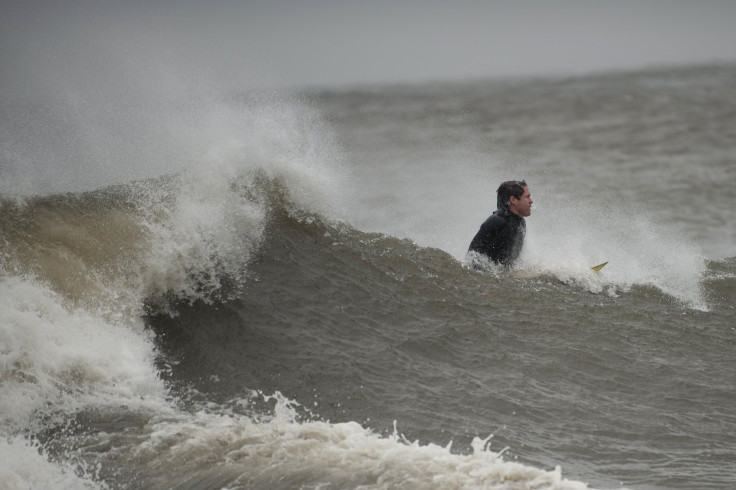Sea Level Rise And Climate Change: ‘Very Unusual’ Surge Along East Coast Could Signal Future Coastal Flooding

A short-term surge in sea levels along North America’s northeast coast in 2009 and 2010 lasted longer than previously thought and was the result of changes in ocean circulation linked to climate change, according to research published in the upcoming issue of the journal Nature Communications. The 4-inch surface level rise caused coastal flooding from New York to Newfoundland, Canada, and wasn’t related to any hurricane or winter storm. Researchers described the event as “very unusual” and said that as global warming continues to disrupt Earth’s climate systems, such temporary sea level rise events are likely to occur far more frequently, threatening coastal cities like New York and Halifax, Nova Scotia.
"The sea level rise of 2009-2010 sticks out like a sore thumb for the Northeast," co-author of the study Paul Goddard, a University of Arizona doctoral candidate in geosciences, said in a statement. The team found that what was once thought to be a sea level rise lasting just a few months actually persisted much longer.
Researchers discovered the two-year spike by analyzing tide gauge records going back to the early 1900s. They found that the temporary sea level spike was caused by an abnormal slowing of the Atlantic Meridional Overturning Circulation, or AMOC, a major Atlantic Ocean current that carries warm water northward toward the Arctic and colder, denser water southward along the Eastern Seaboard.
"We are the first to establish the extreme sea level rise event and its connection with ocean circulation,” said co-author Jianjun Yin, an assistant professor of geosciences at the university. Researchers estimated a 30 percent decrease in the AMOC circulation rate.
Scientists have said that changes in the AMOC current’s circulation could upset the global climate system. There’s evidence that the AMOC already has begun to slow down in response to climate change, which could cause sea level rise along North America’s northeast coast to occur faster than expected, according to the U.S. Geological Survey.
“Although it is very unlikely that the AMOC will collapse in the 21st century, the potential consequences of this event could be severe,” the survey reported. “These might include a southward shift of the tropical rainfall belts, additional sea level rise around the North Atlantic and disruptions to marine ecosystems.”
Climate change scientists tend to reference the global sea level rise as an average, but ocean changes are not uniform and are occurring at different rates. The phenomenon has been blamed on two factors: ice melt, which has increased the volume of water in Earth’s oceans, and thermal expansion, which occurs as oceans heat up, according to the National Oceanic and Atmospheric Administration. On average, global sea levels have risen 4 to 8 inches during the past century.
Last week, scientists in New York said the city could expect increased coastal flooding, greater precipitation and more extreme heat waves in the coming decades because of climate change. By the end of the century, about 7 percent of the city could be permanently underwater if sea levels around Manhattan continue rising at their current rate.
City officials in Halifax have long expected rising sea levels to threaten the harbor city, where water has risen by about 12.6 inches since 1910, according to Canadian Geographic. Scientists expect some of Nova Scotia’s major beaches to be submerged by the mid-21st century.
© Copyright IBTimes 2024. All rights reserved.






















